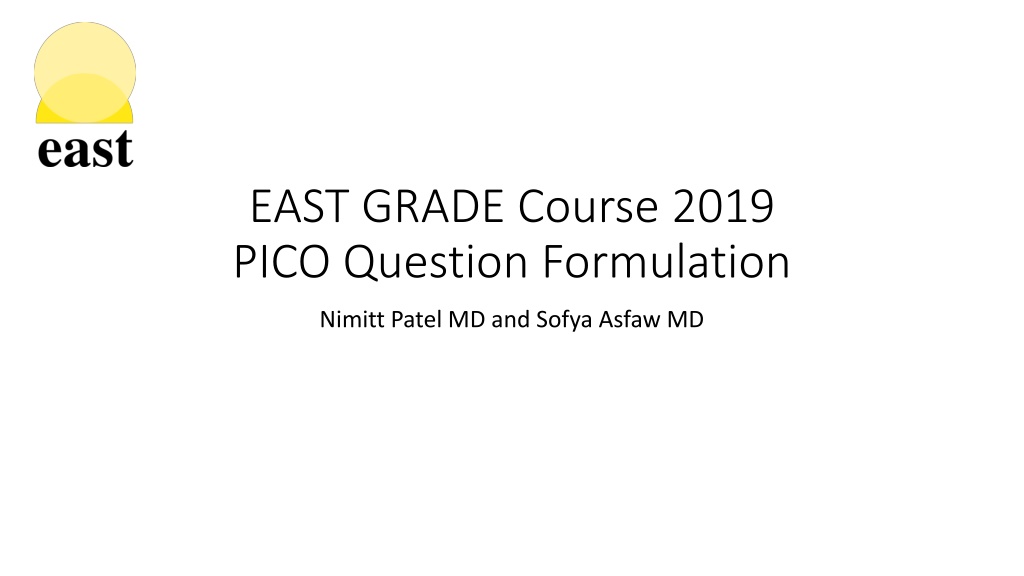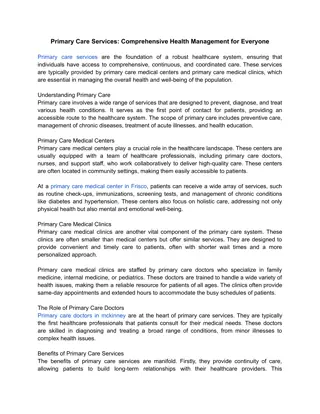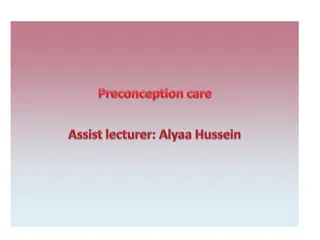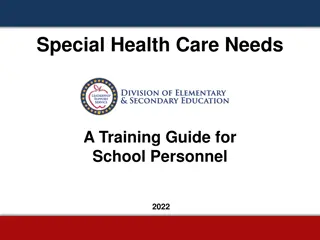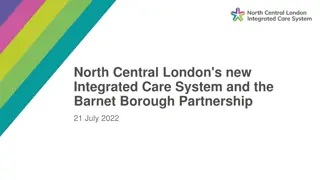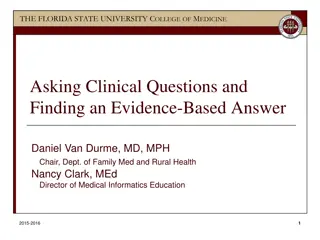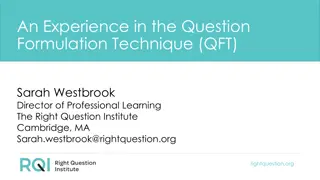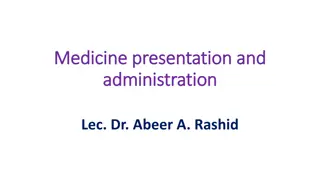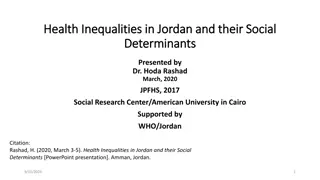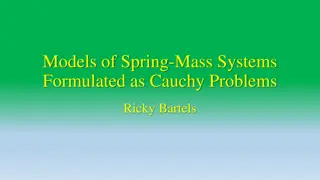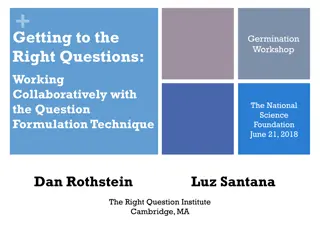PICO Question Formulation in Health Care: A Practical Guide
Framing a clear and focused health care question is essential for effective decision-making. The PICO framework - Population, Intervention, Comparison, Outcome - provides a structured approach to formulating questions that lead to actionable recommendations. Guidelines for framing questions based on patient characteristics, interventions, comparisons, and outcomes are outlined, with examples to illustrate the process. Utilizing tools like the Grade Guideline Development Tool can further enhance the generation of relevant clinical questions.
Download Presentation

Please find below an Image/Link to download the presentation.
The content on the website is provided AS IS for your information and personal use only. It may not be sold, licensed, or shared on other websites without obtaining consent from the author. Download presentation by click this link. If you encounter any issues during the download, it is possible that the publisher has removed the file from their server.
E N D
Presentation Transcript
EAST GRADE Course 2019 PICO Question Formulation Nimitt Patel MD and Sofya Asfaw MD
Disclosures Content of this presentation is partly adapted from gradepro.org and/or lecture material presented at previous GRADE Pro course(s)
Topic and Framing the Question Guideline recommendations should answer a focused and sensible health care question that leads to an action PICO framework is an accepted methodology for framing health care questions Contains four components
PICO PICO P Population (the patient/population to which the recommendations would apply) I Intervention (the intervention under investigation therapeutic, diagnostic) C Comparator (alternative intervention, control group intervention) O Outcome (outcome or outcomes of interest)
Framing the Question Population Condition - disease, including explicit diagnostic criteria Population - age race, sex Setting - community, hospital, outpatient Intervention Timing of exposures, route of administration Dose, duration of exposure or therapy Components of a complex intervention Comparison No intervention Standard therapy Placebo Active comparator Outcomes Mortality Morbidity Patient reported outcomes, functional outcomes Individual level vs community level outcomes
PICO Question Generation Grade Guideline Development Tool allows for selection of two different formats for questions about management: Should [intervention] vs. [comparison] be used for [health problem]? Should [intervention] vs. [comparison] be used in [population]? And formats for questions about diagnosis: Should [intervention] vs [comparison] be used to diagnose [ target condition] in [health problem and/or population]?
Example 52 year old male with a colon cancer and a remote history of DVT after trauma asks if he should be on heparin to decrease his risk of developing a clot. What is your PICO? How do we frame the question? P adult outpatient with cancer I prophylactic heparin C no heparin O morbidity, VTE, major bleeding, quality of life
Lumping v Splitting Lumping: broad question with range of interventions Splitting: narrow question with narrow range of interventions Advantages of Lumping: Informative when large range of options Useful for policymakers Mitigates double efforts Disadvantages of Lumping/Splitting: May be invalid (minimizing different groups) Time consuming and complex Interpretation may be difficult Can be too specific with too many questions and lack of supporting data if over split
Refining the Question Avoid post hoc change of question May need to refine question as new studies are identified May need to consider repeating literature search if this is the case
Outcomes Selection Be Comprehensive Expand outside the literature Additional input from patient/clinicians/public Safety considerations (often under-reported) Patient-important Desirable or undesirable
Prioritizing Outcomes Critical, important, less important Process should be driven by importance over evidence Numerical application (1-9 scale): 1-3 not important 4-6 important, but not critical for making a decision 7-9 critical for making a decision Voting should be done responding to team leader individually Typically critical outcomes considered in the final recommendation IMPORTANT: You are NOT ranking the outcomes you are rating them!!!!!!!!
